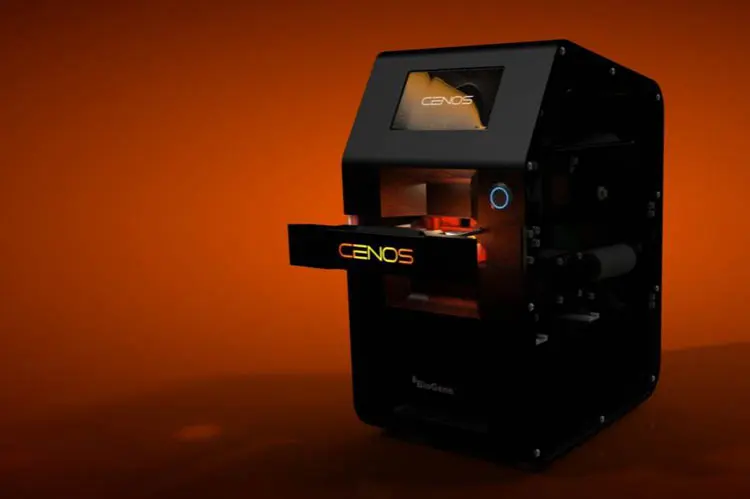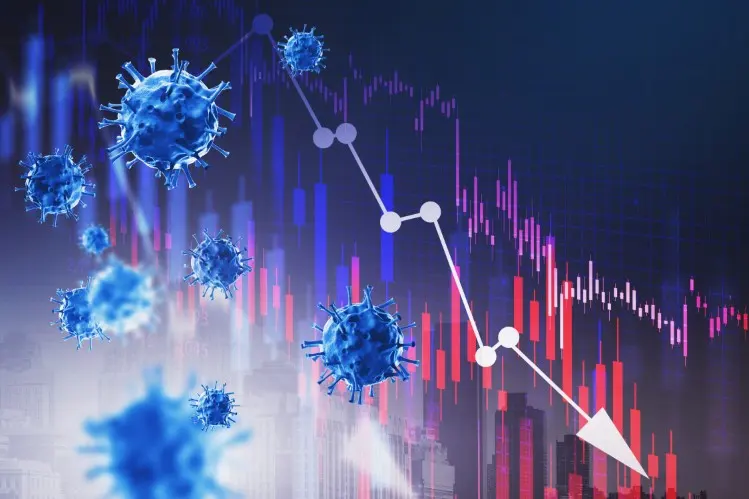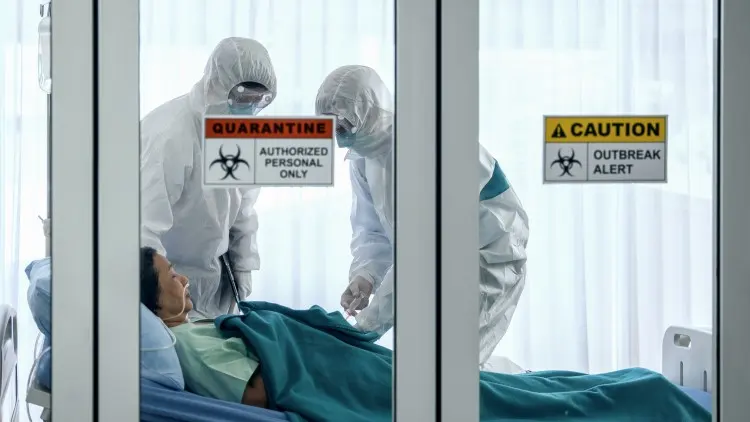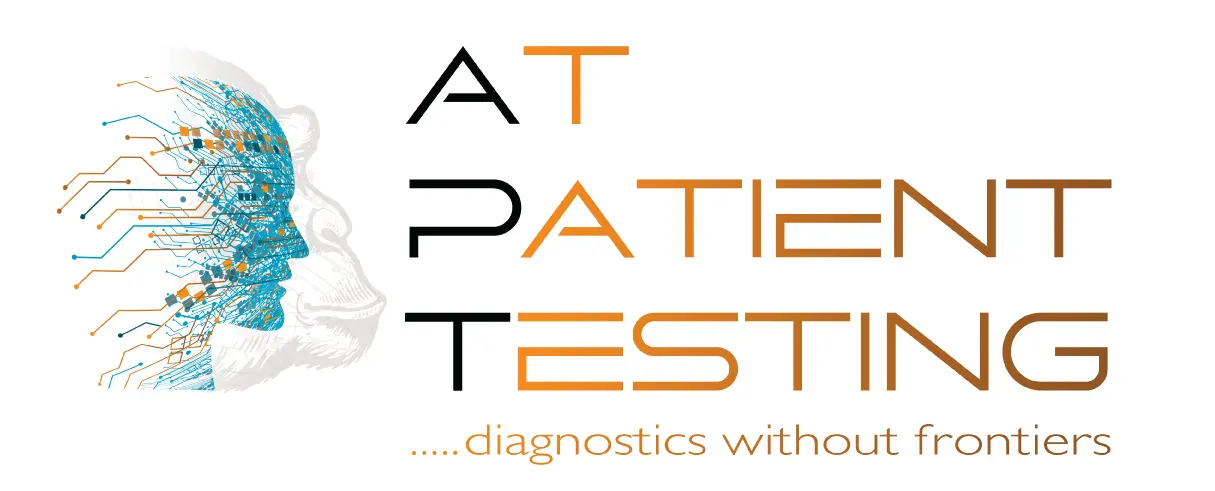

Pandemic Preparedness
Pandemics are a natural phenomenon; they are the result of a new pathogen emerging and spreading around the world and have occurred at infrequent and unpredictable intervals throughout human history.
These are known as High Consequence Infectious Diseases (HCID).
History is clear on this: more than six distinct influenza pandemics and epidemics have struck in just over a century. Despite this the system, strategies, mentality and technologies currently in place for pandemic preparedness remain inadequate and are failing on a global level. For too long, we have allowed a cycle of panic and neglect when it comes to pandemics: we ramp up efforts when there’s a serious threat, then quickly forget about them once the threat appears to subside.

Increasing Risk
New and emerging diseases can affect humans anywhere and at any time, with zoonotic diseases (diseases that can spread from animals to humans), such as COVID-19, Ebola and avian influenza, a major cause of epidemics and pandemics. Zoonotic outbreaks are becoming more frequent, increasing the urgency for better detection and more robust preparedness.
The acceleration of global mobility (for example, due to conflict or instability), population growth, urbanisation and poor sanitation, the ecological implications of climate change, and changes in food and agricultural systems (including intensification, biodiversity loss, trade in wildlife and livestock) all contribute to the risk of emerging infectious diseases, and of antimicrobial resistance (AMR).


Lessons from COVID-19
The COVID-19 pandemic is a sign of how vulnerable and fragile our world is. It has shown how an infectious disease can sweep the globe in weeks and, in the space of a few months, set back sustainable development by years. The virus has upended societies, put the world’s population in grave danger and exposed deep inequalities. Division and inequality between and within countries have been exacerbated, and the impact has been severe on people who are already marginalized and disadvantaged. Those who had the least before the pandemic have even less now.
In less than a year and a half, COVID-19 infected at least 150 million people and more than 3 million have died in 233 countries, territories and areas. It is the worst combined health and socioeconomic crisis in living memory, and a catastrophe at every level.
Such events have highlighted the need for the urgent, transformation of the international system to better proactively manage pandemic threats and strengthen the global health architecture to ensure future infectious disease outbreaks do not also become catastrophic pandemics.
CENOS
At BioGene we aim to provide an innovative platform technology comprising of instrumentation, reagents and software. Introducing CENOS, the Diagnostic Toolkit for Pandemic Preparedness.
CENOS has a place in providing an evidence-based, holistic and multi-faceted strategy to further strengthen global pandemic preparedness capabilities in the following areas:

Surveillance, Data Collection & Modelling

Everything starts with smarter surveillance.
If you don’t look, you don’t see. If you don’t see, you will always respond too late. Proactive surveillance is vital in detecting emerging pathogens and the next Disease X (a pathogen with epidemic or pandemic potential currently unknown to cause human disease) before they have chance to establish themselves and take hold. Most novel diseases likely circulate for some time in animals and humans before they’re eventually detected in clinical cases and then potentially give rise to epidemics.
This period of opportunity is when diseases need to be identified. Using the portable CENOS platform first responders are able to complete sampling in the field and gather real-time data as part of surveillance efforts. This data can then be used for modelling by epidemiologists to better understand the disease (e.g. transmission and incubation periods) and the associated actions that will lessen its effect. The data will also support evidence based decisions which include confidently formulating a suitable action plan, measures and response.
Rapid Research and Development

Production Pipeline for APT Diagnostics.
We are able to provide a rapid (6 weeks from receipt of sequencing to validation in accordance with our certified ISO 13485 quality management system) assay development and validation pipeline approach that enables new in-field assays to be deployed at scale in response to the emergence of new pathogens. The process will be validated under our certified ISO 13485 Quality Management System to ensure regulatory approval. These propriety assays will be used as part of the CENOS platform to detect emerging infectious diseases direct from crude samples.
Our assays can be configured and optimised for specific sample mediums and facilitate multi-plex panels (respiratory and blood borne) in accordance with user requirements.
Early Detection, Quarantine and Containment

Whether it’s risk-targeted monitoring, syndromic surveillance, or clinical diagnostic evaluation, engagement of citizens, care providers, veterinarians, farmers, and others involved in collection of essential samples – all are critical in ensuring the early detection of emerging diseases. We aim to improve capacity on the front line through the provision of the CENOS platform technology.
CENOS has been implicitly designed for non-specialist personnel with minimal basic training to complete testing in-field direct from crude samples, whilst the patient waits in under 30 minutes from sample input to result (automated traffic light output).
We call this unique capability At Patient Testing (APT). This supports the breaking of onward transmission chains by identifying pre-symptomatic, asymptomatic and symptomatic individuals at the earliest stage of and source of infection so they can be quarantined, triaged and treated. The system can also be deployed in points of national entry such as airports, seaports and boarder control for screening. The early detection, quarantine and containment of emerging pathogens will prevent them from establishing and spreading globally.
There is no single magic bullet to end pandemics, but there is a combination of measures that will - commitment, finance, global holistic strategy, alerts and preparedness, and leadership. With so many lives at stake, now is the time for resolve.
At Patient Testing (APT) in under 30 minutes
BioGene's portable in-field qPCR system CENOS is allows non-expert users to perform gold standard RT-qPCR direct from crude samples whilst the patient waits.




